Have you ever reached out to pet your cat, only to be met with a swift tail flick or a gentle retreat? It can sting, especially when all you want is to show your love. But here’s the twist—sometimes, the less we touch, the more we actually show our love. This idea might sound backward at first, but for cat lovers, understanding the art of restraint can unlock a deeper, more trusting bond with our feline friends. Let’s explore why holding back can sometimes mean loving your cat even more.
Understanding Feline Body Language

Cats are masters at expressing themselves without saying a word. The way they move their ears, flick their tails, or blink slowly can communicate a whole world of feelings. Unlike dogs, who often crave constant touch, cats are more selective about physical affection. Watching their body language closely helps us know when they’re open to touch and when they’d prefer space. Respecting these boundaries teaches our cats that we understand them. Over time, this builds a trusting relationship. By learning to read their signals, we show we care in a way that matters to them.
The Myth of Constant Cuddles

Many people believe that loving a cat means showering it with endless cuddles. In reality, cats have different needs than other pets. While some cats enjoy snuggling, others find too much touch overwhelming or even stressful. Forcing affection can backfire, causing a cat to withdraw or become anxious. It’s not a rejection of your love—it’s just their way of protecting their comfort zone. Less touch doesn’t mean less love; it often means respecting the unique personality of your furry friend. Giving them space can actually make them more likely to seek you out when they’re ready.
Respecting Boundaries Builds Trust

Think about the last time someone ignored your personal space. It probably didn’t feel great, right? Cats are no different. When we respect their boundaries, they learn that we won’t force them into uncomfortable situations. This trust is the foundation of a healthy cat-human relationship. Over time, a cat who feels safe will naturally become more affectionate on their own terms. It’s like letting a shy friend come out of their shell at their own pace. The result is a stronger, more genuine connection that’s built on mutual understanding.
Why Some Cats Prefer Minimal Touch

Every cat is unique, with its own history and personality. Some cats had rough beginnings, making them wary of hands and human contact. Others simply have a lower tolerance for touch. Just like people, cats have different comfort levels. Forcing them to accept more touch than they want can make them feel threatened. Instead, offering gentle gestures like a slow blink or a quiet presence can show your love more effectively. These small acts can speak louder than a thousand pets.
The Power of Quality Over Quantity

When it comes to affection, quality matters more than quantity. A few gentle strokes in a spot your cat loves can mean the world. Cats remember positive experiences, so even short bursts of affection can create lasting happy memories. Instead of aiming for hours of snuggling, focus on making every touch count. This mindful approach helps your cat associate your touch with safety and comfort. Over time, your cat may start to seek you out for more of those golden moments.
Encouraging Independence in Your Cat
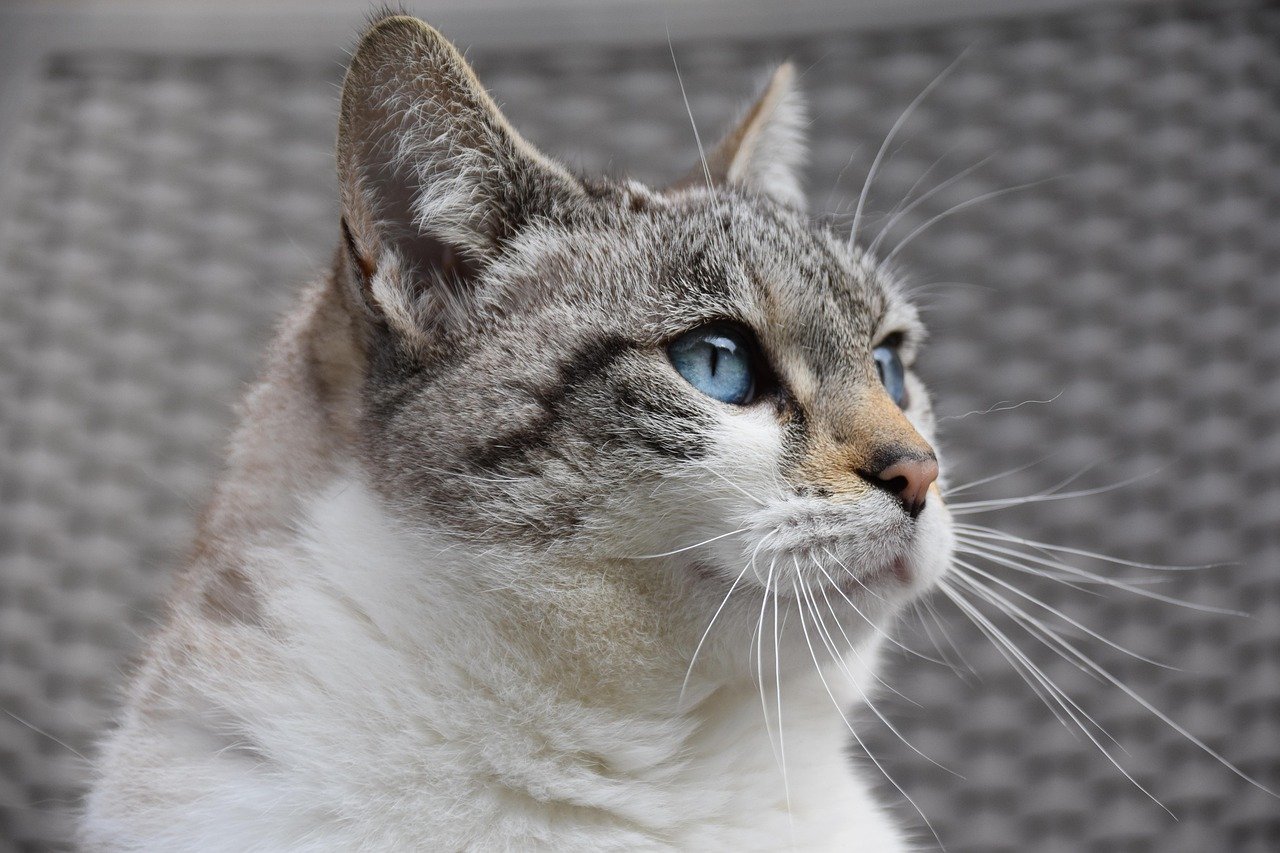
Cats are naturally independent creatures. Giving them space to explore, nap, and play on their own terms helps them feel secure. When you let your cat come to you for attention, it can actually strengthen your bond. It’s like letting a child learn to ride a bike alone—watching from a distance shows you care, even if you’re not holding on. Encouraging independence doesn’t mean you love your cat any less. In fact, it’s a way to show you trust their instincts and respect their needs.
Finding Other Ways to Show Love
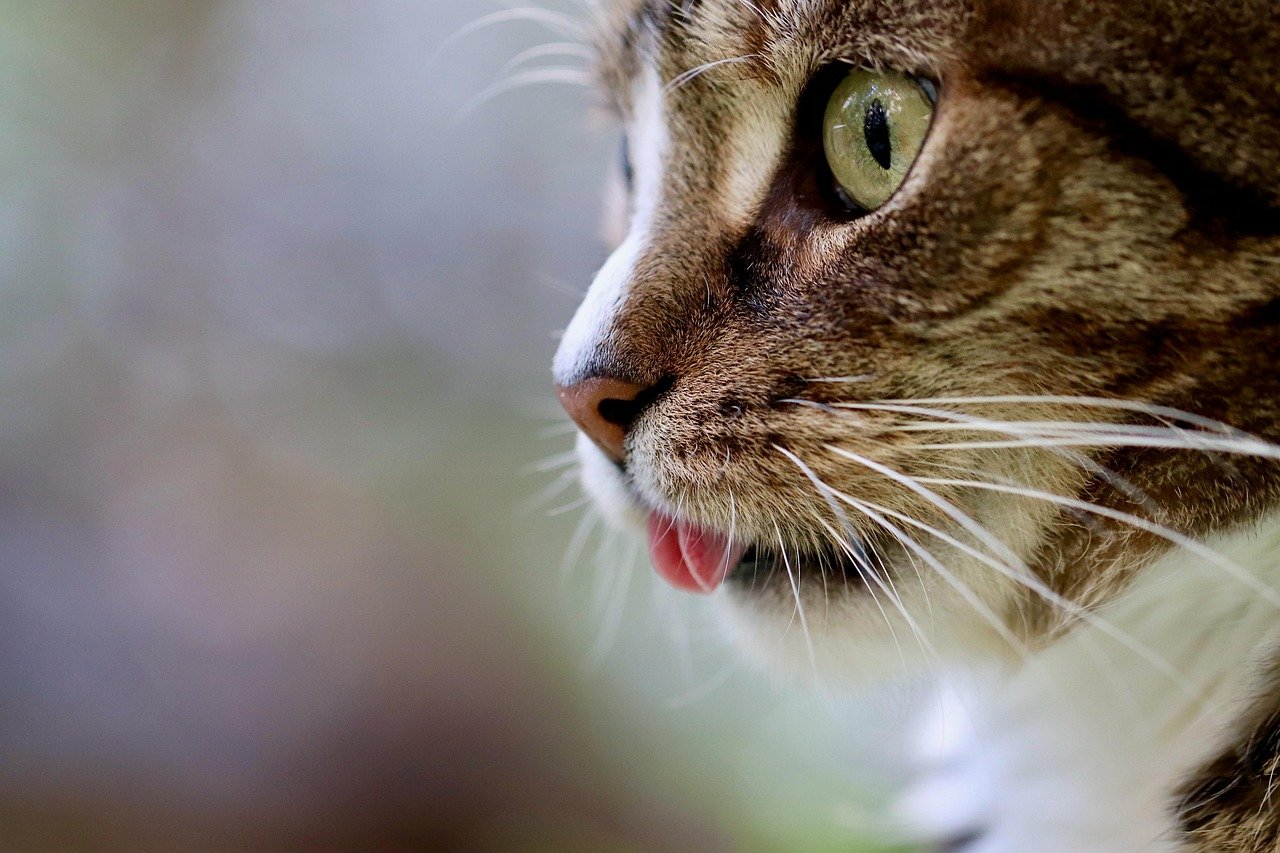
Touch isn’t the only way to express affection. You can show love by providing comfy beds, tasty treats, or engaging toys. Spending time together in the same room, even without physical contact, tells your cat that you enjoy their company. Talking to your cat in a gentle voice or offering a slow blink are powerful ways to say “I love you.” These non-physical gestures can sometimes mean even more than a pat on the head. They show your cat you’re paying attention to what makes them happy.
The Importance of Choice for Cats
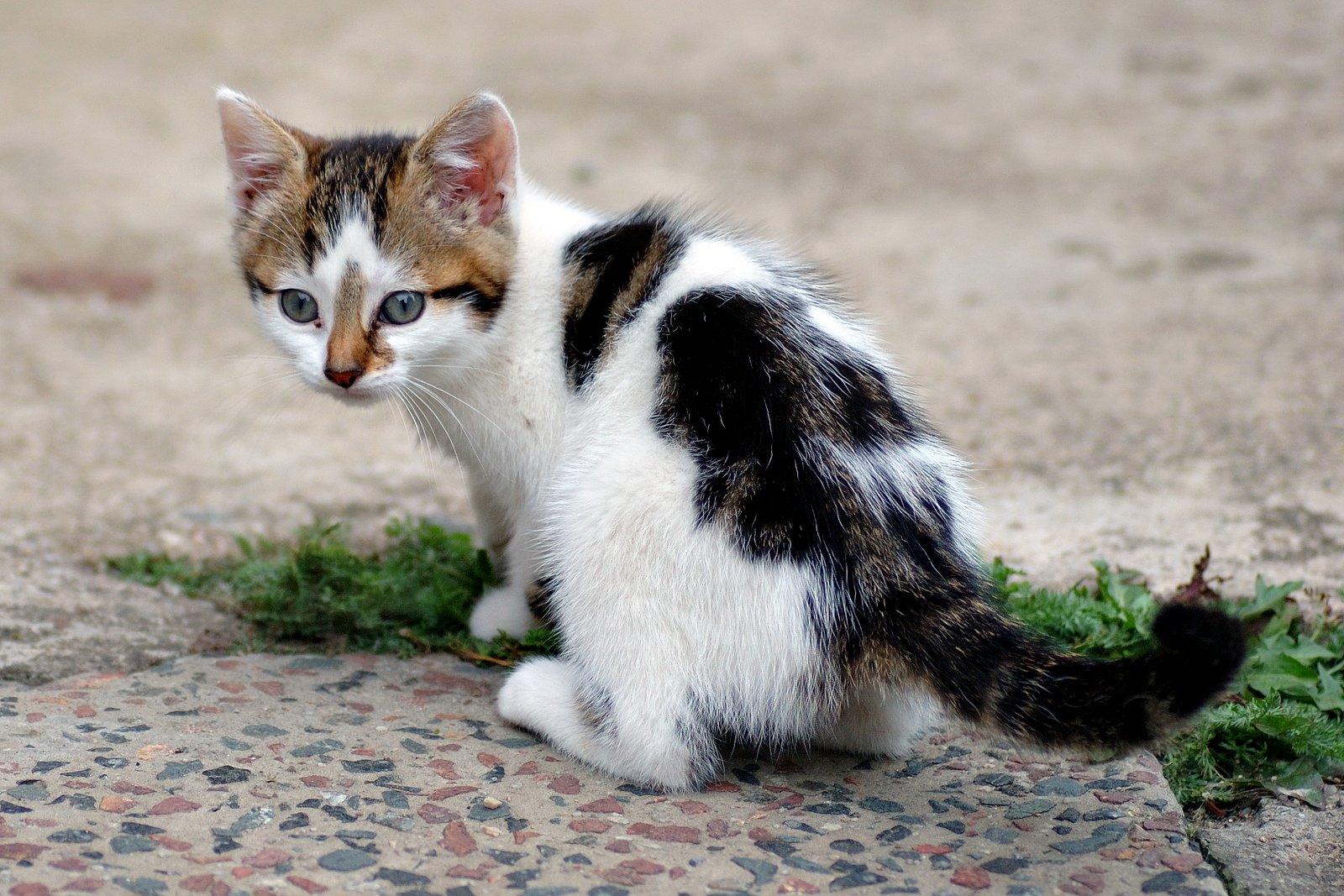
Cats love having choices. Giving them options—like where to nap or when to interact—lets them feel in control. When your cat decides to curl up on your lap, it’s a sign of trust that feels extra special. Allowing your cat to choose when and how to connect makes every moment together more meaningful. This freedom strengthens your relationship, turning every head bump or purr into a reward for your patience. The power of choice cannot be underestimated in building a deeper love.
Recognizing Signs of Overstimulation
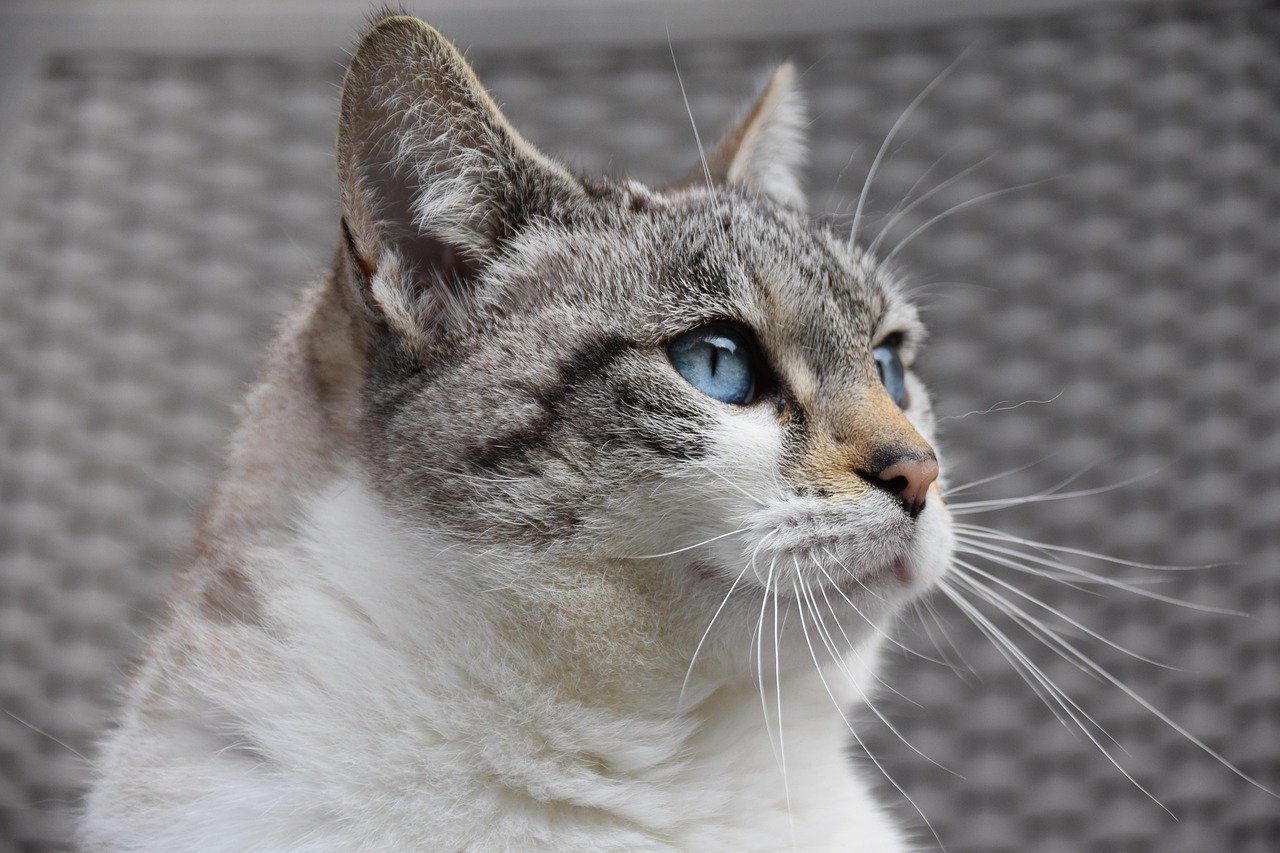
Sometimes, too much petting can overwhelm a cat. Watch for signs like twitching tails, flattened ears, or sudden grooming—these are clues your cat needs a break. Ignoring these signals can lead to nips or scratches, not out of anger, but self-defense. Learning when to stop is as important as knowing when to start. By paying attention, you show your cat that you care about their comfort. This respect for their limits makes every shared moment more enjoyable for both of you.
Bonding Through Play Instead of Petting

Playtime is one of the best ways to bond with a cat who isn’t a fan of touch. Interactive toys, feather wands, or laser pointers can build trust and create happy memories. Playing together releases energy and helps shy cats feel more confident. It’s like dancing with a friend—you’re moving in sync, learning each other’s rhythms. Play sessions can be just as loving as cuddle sessions, sometimes even more so. The laughter and excitement you share become your own special language.
The Role of Routine in Building Security

Cats thrive on routine. Feeding them at the same time, keeping a regular play schedule, and maintaining consistent interactions help them feel safe. Predictable routines show your cat that you’re reliable and trustworthy. Over time, this sense of security encourages your cat to relax and open up. Even if your cat isn’t the cuddly type, knowing they can count on you is a powerful form of love. Consistency speaks volumes, sometimes louder than words or touch ever could.
Respecting Aging or Special Needs Cats
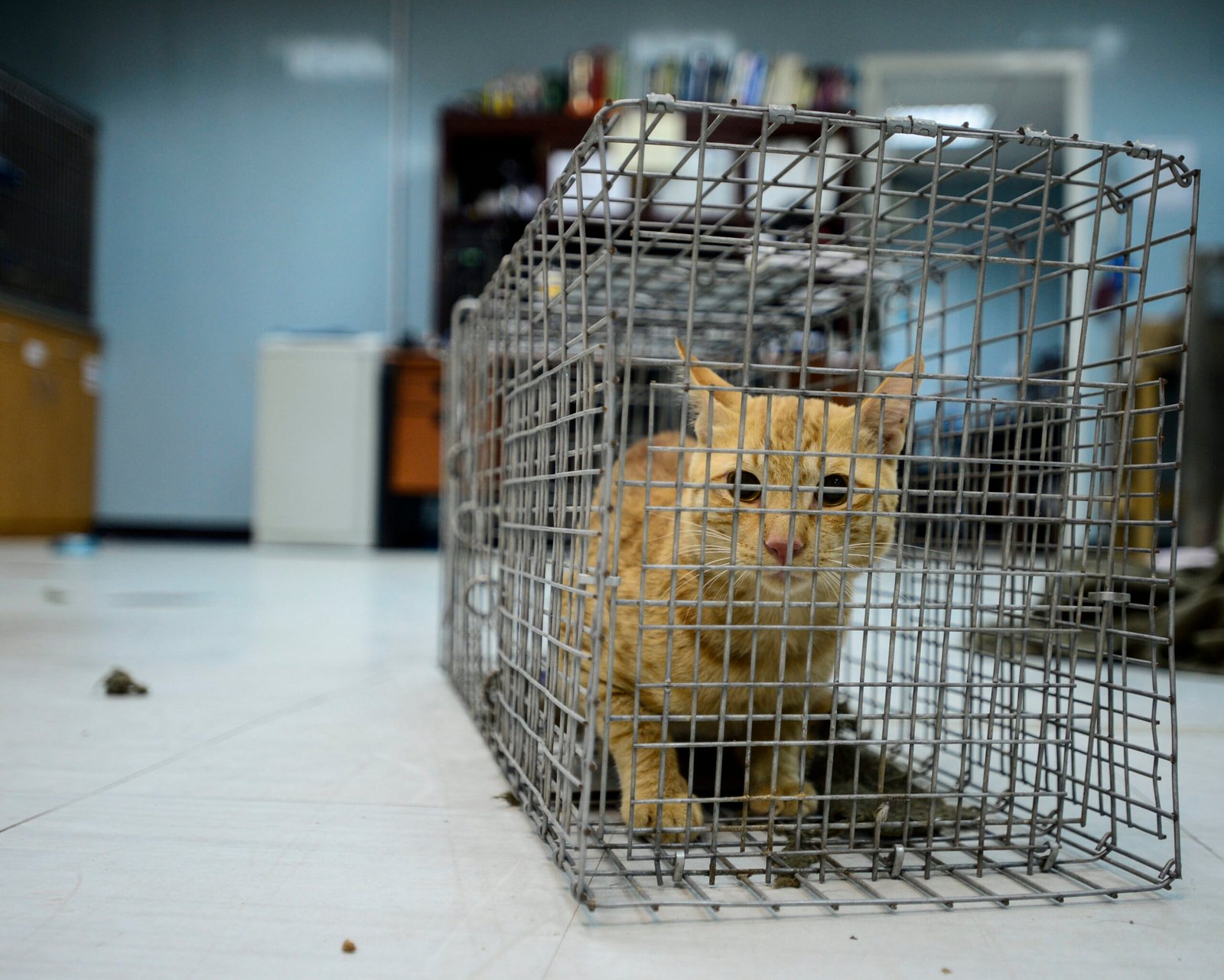
Older cats or those with special health needs often have lower tolerance for touch. Arthritis or sore spots can make petting uncomfortable, even painful. Being gentle, and sometimes holding back, shows deep respect for their changing bodies. You can offer warmth and comfort by sitting nearby or softly talking to them. Many senior cats show their appreciation through a slow blink or a soft purr. Adapting your affection style as your cat ages is one of the purest acts of love.
Learning from Your Cat’s Preferences

No two cats are the same, and every cat has its own favorite way to connect. Some love chin scratches, while others prefer a spot near the tail. Observing what makes your cat happy is a journey in itself. Over time, you’ll learn their unique “language” of affection. By honoring these preferences, you create a world where your cat feels understood. It’s a little like learning to dance with a new partner—every step brings you closer together.
Reducing Anxiety with Gentle Approaches
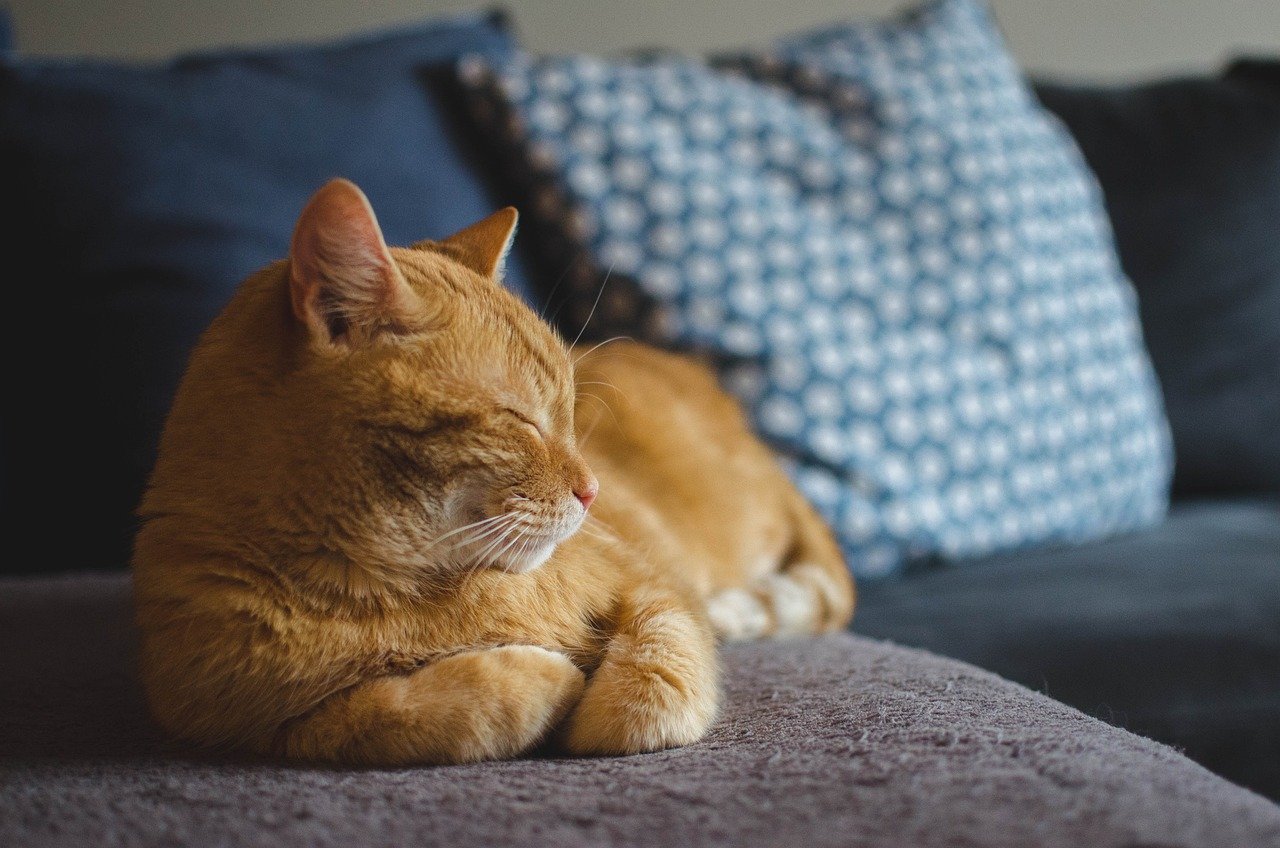
For anxious or timid cats, less touch can help reduce stress. Loud noises, sudden movements, or unexpected cuddles can make them feel unsafe. Creating a calm environment and letting your cat approach you on their own terms allows them to relax. Gentle approaches, like sitting quietly nearby, can build confidence. Over time, your cat may begin to trust you enough to seek out more affection. Patience and understanding are key to helping anxious cats feel loved.
Celebrating the Quiet Moments

Sometimes, love is felt most strongly in the quiet moments. Sitting together in silence, feeling the warmth of your cat nearby, can be deeply comforting. These peaceful times strengthen your bond, even without a single pet. It’s like sharing a sunset with a friend—no words or gestures needed. Letting your cat just “be” in your presence is a powerful way to show you care. The quiet togetherness can be more meaningful than any cuddle session.
The Subtle Art of Mutual Respect

Mutual respect is the cornerstone of any strong relationship, and it’s especially true with cats. When you show respect for your cat’s wishes, they learn to trust you deeply. This trust often leads to more frequent, heartfelt interactions. It’s a two-way street—your cat respects your space too. Over time, your cat will reward your patience with their own unique ways of showing affection. This subtle dance of give and take is what makes your relationship special.
How “Less” Leads to “More”

It might seem counterintuitive, but giving your cat space can actually make them want to be closer to you. The less you push, the more curious and affectionate they may become. Cats appreciate being treated as equals, not as toys or possessions. When they feel respected, they’ll often seek out more contact on their own terms. This gentle approach creates a bond that’s built on trust, not obligation. In the end, less really can mean more.
Listening to Your Cat’s Communication

Cats communicate in ways that go beyond meows and purrs. They might rub against your leg, head-butt your hand, or simply sit near you. These subtle gestures are their way of saying “I trust you.” Listening to these cues—not just hearing, but truly paying attention—shows your cat that you value their feelings. When you respond in the right way, you deepen the bond between you. Every small sign of trust is a reason to celebrate.
Adapting to Changes in Your Cat’s Mood

Cats are creatures of mood and mystery. One day they might crave attention, the next they want solitude. Adapting to these shifts is part of loving a cat well. Instead of taking it personally, see it as an invitation to connect in new ways. Being flexible shows your cat that you accept them for who they are. This acceptance is at the heart of real love. The more you honor their changing moods, the closer you’ll become.
Building a Language of Love Without Words
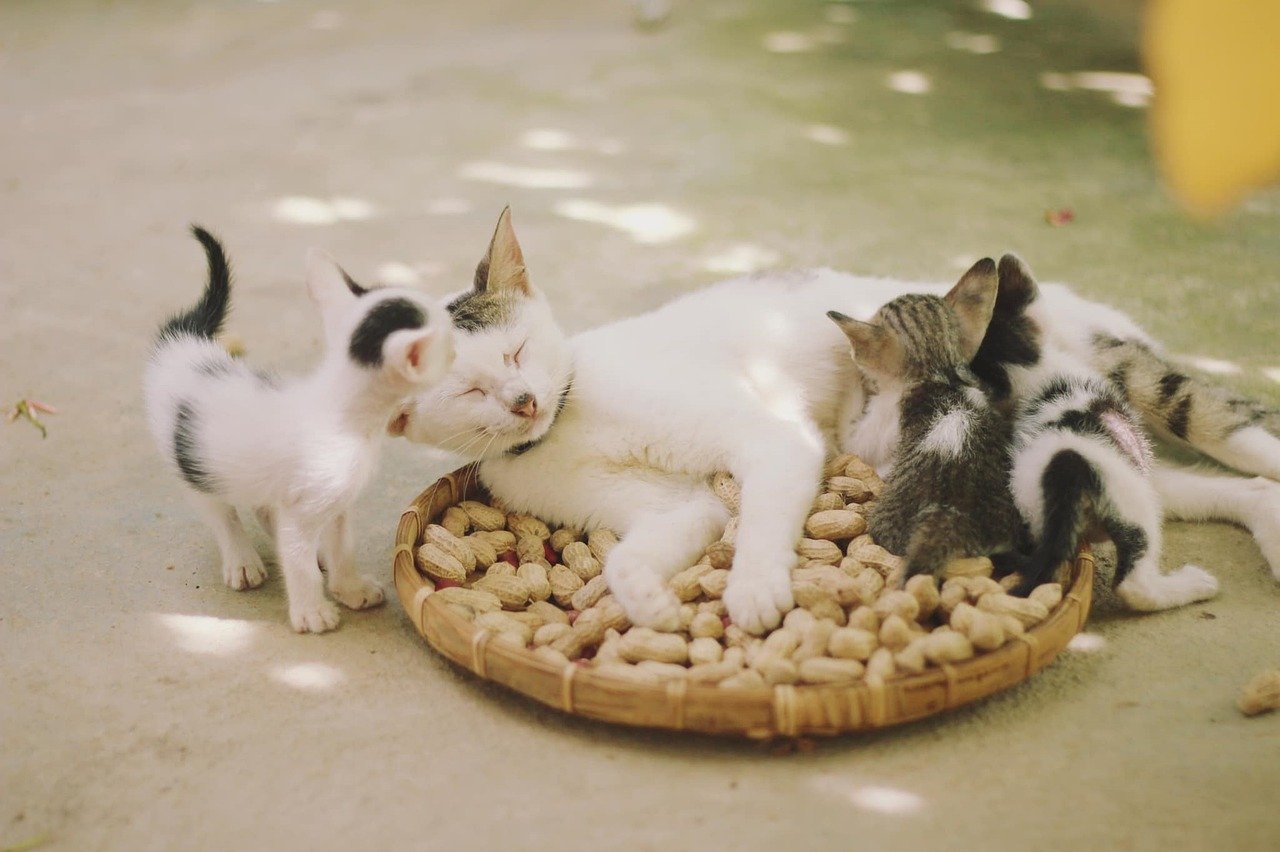
With cats, love is often silent. It’s in the gentle brush of a tail, the soft press of a forehead, or the slow blink across a sunbeam. These wordless exchanges can be stronger than any spoken “I love you.” When you learn to speak this silent language, you unlock a new level of connection with your cat. Every shared glance or quiet moment becomes a conversation. In this silent world, less touch doesn’t mean less love—it means love that’s deeper, richer, and truer than words.
Accepting Your Cat for Who They Are
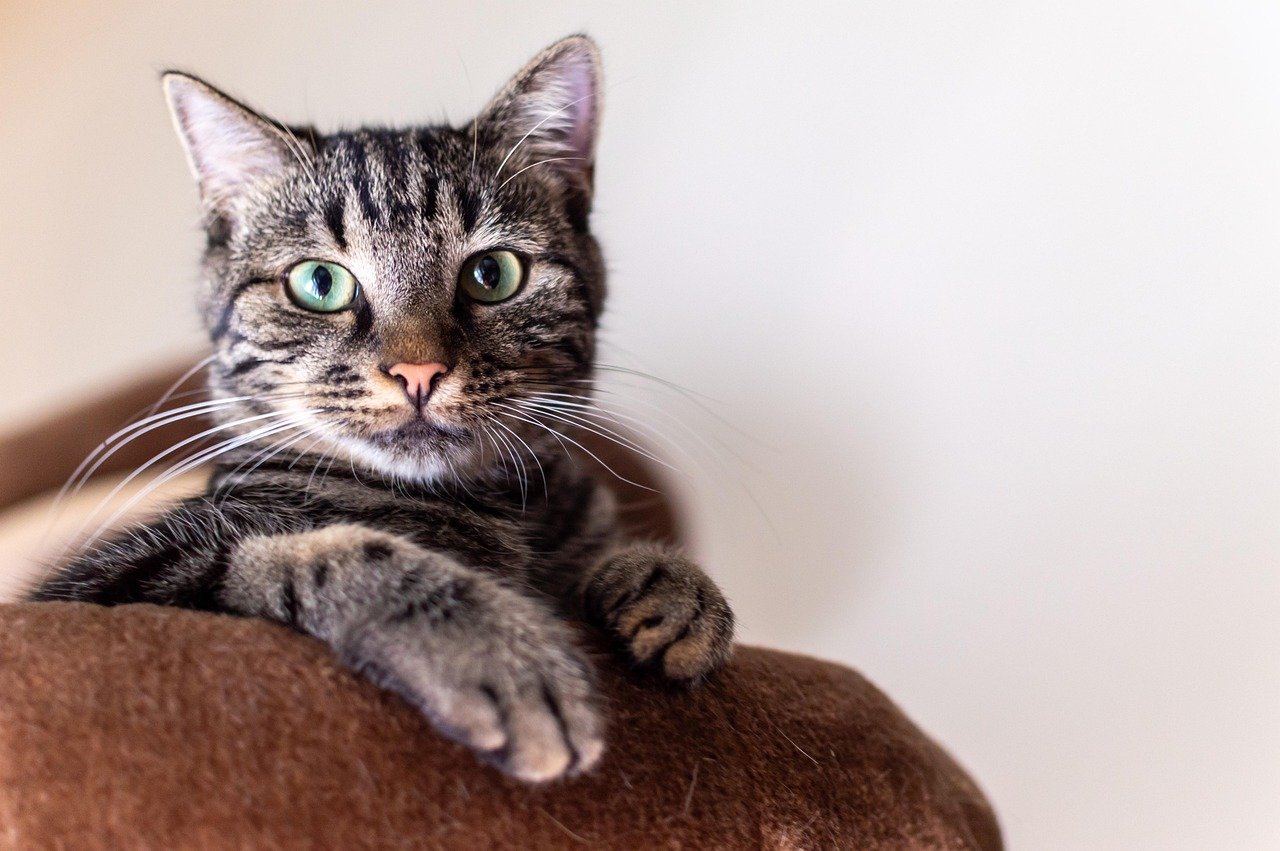
At the end of the day, the greatest gift you can give your cat is acceptance. Loving them means honoring their quirks, respecting their boundaries, and celebrating their unique personality. Some cats will always be aloof, while others turn into cuddly lap-warmers. Both are equally worthy of your affection. When you accept your cat just as they are, you create a home filled with genuine, unconditional love. Isn’t that what every cat deserves?
Hi, I’m Bola, a passionate writer and creative strategist with a knack for crafting compelling content that educates, inspires, and connects. Over the years, I’ve honed my skills across various writing fields, including content creation, copywriting, online course development, and video scriptwriting.
When I’m not at my desk, you’ll find me exploring new ideas, reading books, or brainstorming creative ways to solve challenges. I believe that words have the power to transform, and I’m here to help you leverage that power for success.
Thanks for stopping by, Keep coming to this website to checkout new articles form me. You’d always love it!






